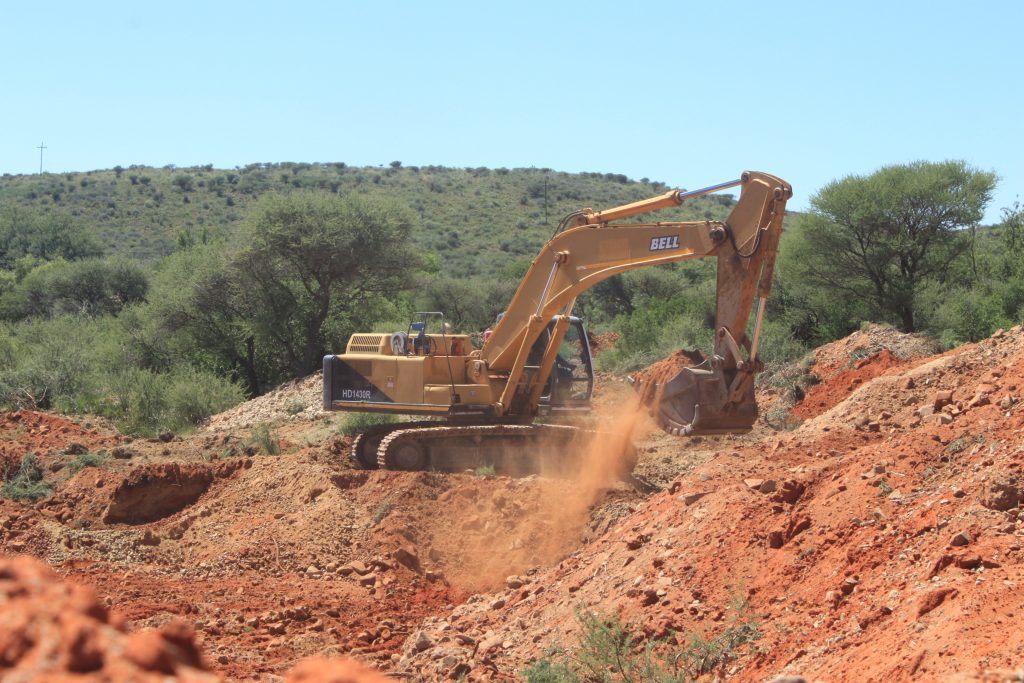Stone Age Site Saved

A Stone Age archaeological site in South Africa has been saved from the threat of diamond mining. The site, called Canteen Kopje, is renowned for its cache of Oldowan tools, the oldest stone tools known to science. Despite protection as a heritage site, mining started there in mid March, throwing researchers into a panic.
After banding together to get a temporary court order to stop work, researchers obtained a high court order on April 19, 2016, to prevent any further mining. “David Morris of the McGregor Museum threw himself into the effort, including a crucial night spent at the police station in Barkly West trying to get the mining halted,” says University of Toronto anthropologist Michael Chazan of the community’s effort to save the site.
Archaeologists are still assessing the damage done. “In the sands removed by mining, the context of all archaeological material is now completely destroyed,” reads a document presented to the court by Morris and colleagues. According to that document, Jacky Mary Wesi Mining Ltd. made a pit approximately 45 meters by 25 meters (smaller than originally estimated by Morris), along with gravel piles and three access roads for heavy machinery. However, says Chazan, “I am confident that the scale of the damage does not represent fundamental harm to the cultural and scientific resources at the site.”
Morris says he hopes the court will also review the process that allowed the mining to happen in the first place; it is unclear how the company received a mining permit from the Department of Mineral Resources given the site’s heritage status, or why the South African Heritage Resources Agency (SAHRA) had lifted a previous cease works order for the site. “SAHRA understands the need for the long term sustainable protection of Canteen Kopje,” said SAHRA CEO Veliswa Baduza in a statement, adding that the site might be regraded to increase protection.

































